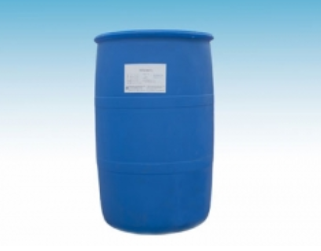The coagulation effect of surfactant is related to the type and dosage of surfactant, the degree of water pollution, pH value and other factors. The dosage of surfactant is very important to the coagulation effect when other conditions are unchanged. The dispersion and condensation of solid particles in water are a pair of contradictions. For surfactants, due to the characteristics of their molecular structure, they have both dispersing and condensing effects. Generally speaking, when the density of solid particles in water is large, adding a small amount of surfactant can play a role of coagulation. If the solid particle density exceeds a certain amount, it can not agglomerate but disperse.

Surfactant molecules are composed of two distinct components (as shown in Fig. 1): one is an oleophilic group (also known as a hydrophobic group) that is compatible with oil, and the other is a hydrophilic group (also known as an oleophobic group) that is compatible with water. This structural feature of surfactant makes it soluble in water, the hydrophilic group is attracted by water molecules, while the lipophilic group is repelled by water molecules. In order to overcome this unstable state, only occupy the surface of the liquid surface, extend the lipophilic group to the weather, hydrophilic group into the water.
In the long-term production practice, it has been found that the solution of some substances can greatly change the surface properties of the solvent even at a small concentration, and make it suitable for some production requirements, such as reducing the surface tension or interfacial tension of the solvent, increasing wetting, washing, emulsifying and foaming properties. In daily life, soap is one of these substances. A notable feature of substances like soap is that the surface tension of water can be greatly reduced by adding a small amount to water.
To some extent, surfactants can prepare nano ZnO with certain morphology. Zn (CH3COO) 2 · 2H2O and (COOH) 2 · 2H2O were used as raw materials and ethylenediamine as surfactant. Without ethylenediamine, most of the ZnO nanoparticles are spherical or nearly spherical, with small size and uniform distribution. The average diameter is about 30nm, and there are no needle like, rod-shaped and short column like ZnO particles; if ethylenediamine is added in the same reaction system, the rod-shaped nano ZnO particles are obtained. Wu Qingsheng and others also found a similar phenomenon in the preparation of PbCl2 nanowires.